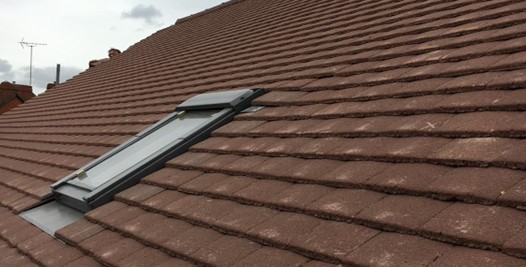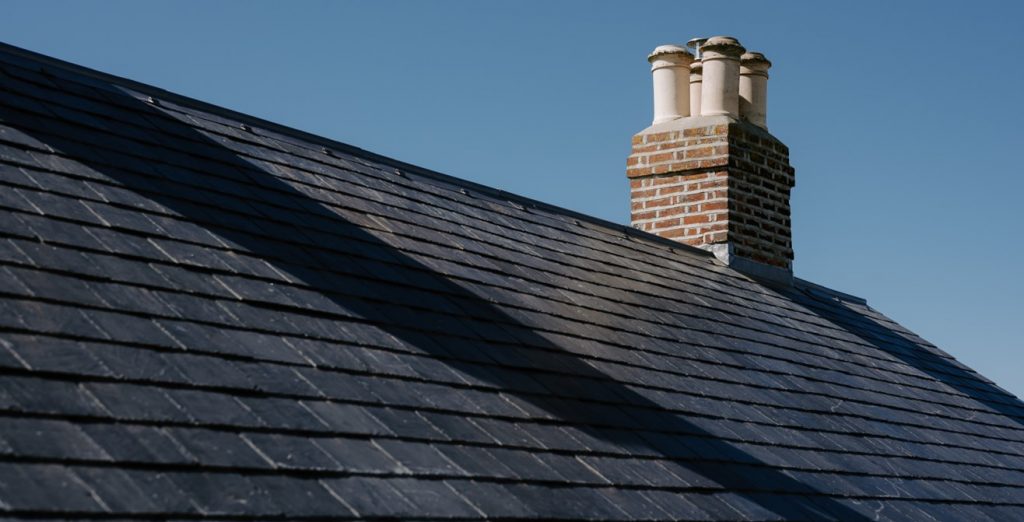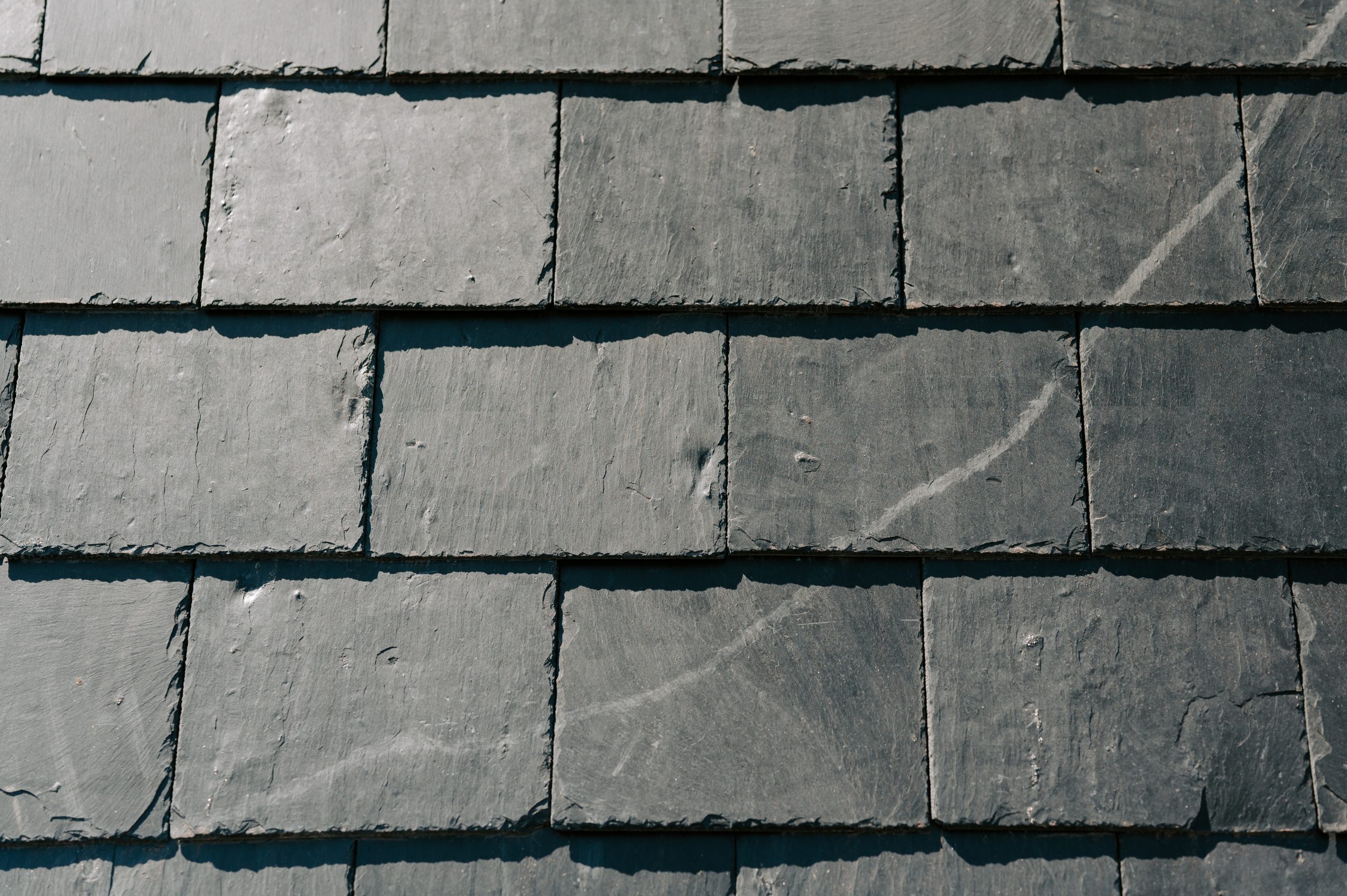Roof tiles are the most common roofing material in the UK. Most roof tiles have been around for hundreds of years throughout many countries. Production methods has evolved over time, leaving us with only the most effective method today.
New materials have been tried and tested in tile production, each with wildly varying aesthetics and performance. As with more traditional tile materials, only the most effective modern designs have enjoyed continued use and mainstream popularity. In fact, many of these contemporary materials and designs are now just as popular as traditional roof tiles.
There are many different types of tiles to choose from. Clay, concrete and slate being among the most popular tiles.
Concrete tiles
Concrete tiles began to gain traction in the United Kingdom in the 1920s, but really exploded after the Second World War due to their cost-effectiveness, durability, and more effective production methods. These tiles offer greater resistance to impacts than clay, a handy trait for roof tiles. Which are known to become dislodged, chipped, and cracked by falling debris, branches, hail and more.

Also, they are usable on roofs with much lower pitches than clay. This is another reason why concrete is an excellent alternative to clay.
They can be fitted using both dry fixing methods and mortar, however your options may vary depending on brand. They also come as innovative “interlocking” tiles, where the tiles click together easily for a secure fix that won’t become dislodged or chipped up on your roof. This simple installation makes them popular among homeowners looking to keep project costs down, saving both time and money as well as keeping great visuals and physical performance.
Slate tiles
Slate roof tiles are known for being the premium roofing option, with an iconic appearance. In fact, roof slates can be seen on some of the oldest and greatest properties in Britain, including homes and cathedrals. While clay is extremely versatile with near-unlimited design possibilities, and concrete provides superb durability and simple installation, there simply is no substitute for slate when seeking the very best in roofing.

For slate to work at its best, roofs will generally need to be of a higher pitch. Slate is also more expensive than almost any other roofing material.
Slate tiles are also an environmentally friendly roofing option, requiring far less production time and using up far fewer natural resources than either concrete or clay. Slate’s fantastic durability and incredible lifespan also adds to this sustainability. Very rarely will you need to replace any slate roof tiles.
Clay tiles
Clay tiles are one of the oldest materials used in roofing. Some of the earliest examples found by archaeologists in China date back as far as 10,000 BC. From there it spread across Asia, the Middle East and Europe, most notably to Ancient Rome.
One of clay tiles’ greatest advantages is their durability and resistance to wear. Their longevity makes clay roof tiles extremely cost-effective across their long lifetime, despite the higher initial costs.
Clay tiles have many valuable benefits beyond its longevity. With a wide range of different types of clay roof tile available, the versatility and the variety of styles on offer make clay an excellent choice for many styles of property. Clay can also be moulded into any number of shapes and styles before being baked. Only concrete roof tiles come close to the sheer number of styles that can be achieved when using clay.
Getting your roof renewed is a big job so, it’s important to choose the right contractor for the job. With over 15 years’ experience in the roofing trade, Roofing Matters Group’s, NVQ qualified slater and tiler, Daryl Cooke is the right choice for you.
You can contact Roofing Matters Group for a free, no obligation quote.




